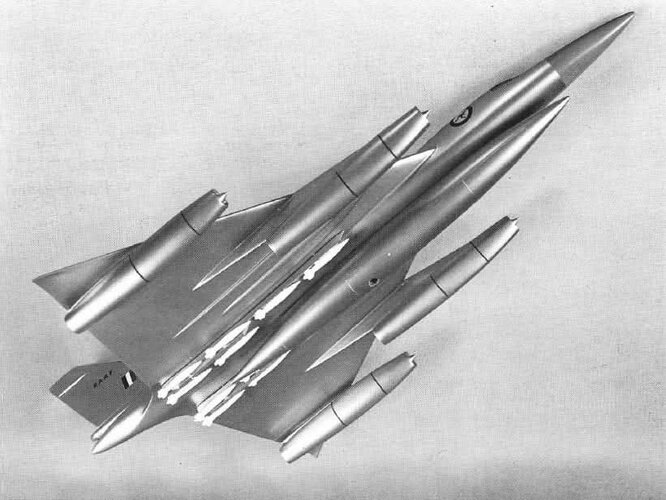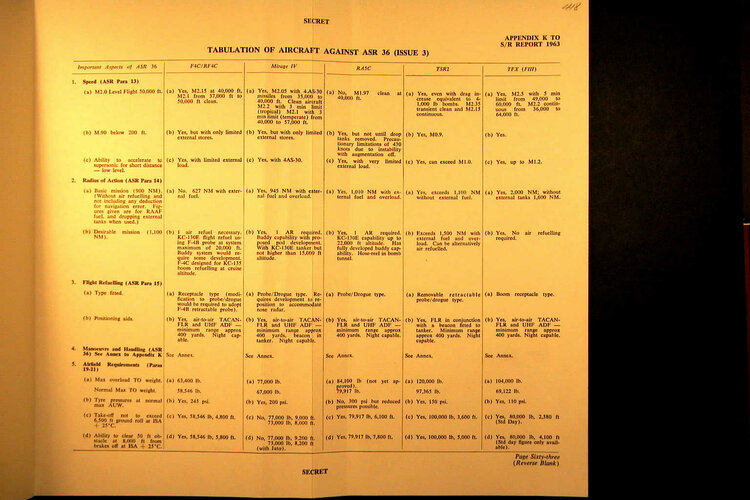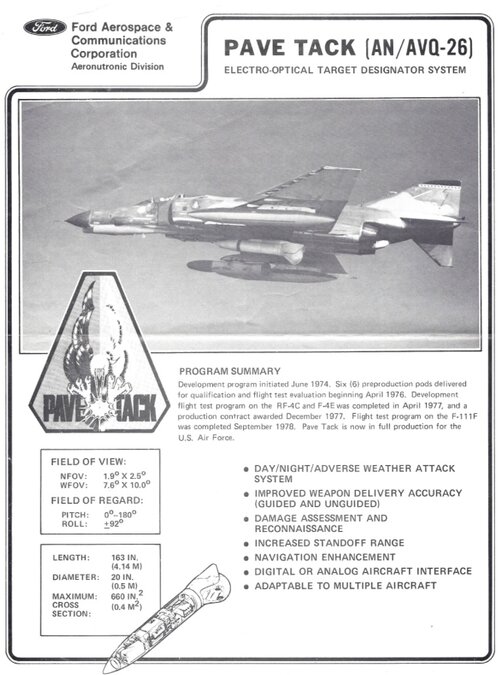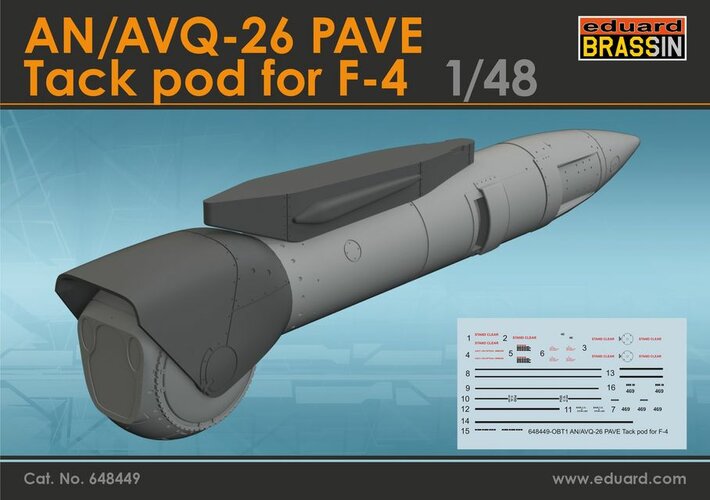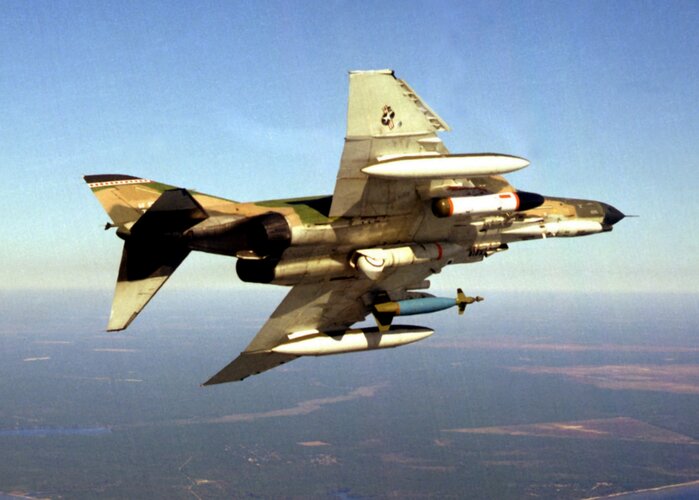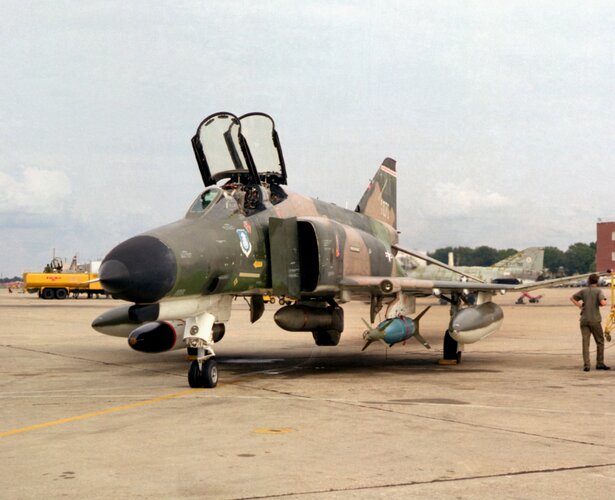- Joined
- 21 May 2006
- Messages
- 3,001
- Reaction score
- 2,264
Yes, granted, like most air forces of the 60, the RAAF being no different, everyone was obsessed by the need and want of supersonic flight. But as I've alluded earlier in this thread, once you start hanging bombs, rockets and missiles on your supersonic fighter-bomber - like the Mirage IIIO(A), you lose that supersonic capability, to say range as well, with the drag. Hence why I have always advocated that it would have been better for the RAAF to have employed the likes of the Skyhawk, rather than the Mirage IIIO(A). The Skyhawk in its A-4E configuration was far cheaper to aquire, maintain and operate than the Mirage IIIO(A) and let's be realistic, in the ground attack and CAS mission, the A-4 was more accurate and afforded a much better time on station in support of ground troops.
The A-5C/RA-5C Vigilante would conduct the strike role in RAAF ORBAT.
It should also be appreciated that Australia brought two batches (well three, if you include the addition purchase of two-seat Mirage III's) - one the fighter-interceptor Mirage IIIO(F), the other the being the fighter-bomber Mirage IIIO(A).
So, one need not purchase the second batch, licence-building A-4 Skyhawk's instead. Especially when one considers by around 1969, the RAAF was already studying a replacement for it's Mirage IIIO's.
Regards
Pioneer
The A-5C/RA-5C Vigilante would conduct the strike role in RAAF ORBAT.
It should also be appreciated that Australia brought two batches (well three, if you include the addition purchase of two-seat Mirage III's) - one the fighter-interceptor Mirage IIIO(F), the other the being the fighter-bomber Mirage IIIO(A).
So, one need not purchase the second batch, licence-building A-4 Skyhawk's instead. Especially when one considers by around 1969, the RAAF was already studying a replacement for it's Mirage IIIO's.
Regards
Pioneer
Last edited:


